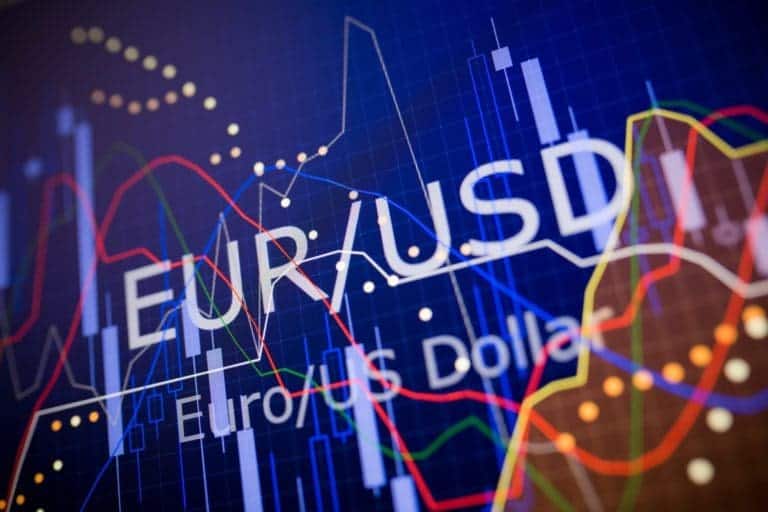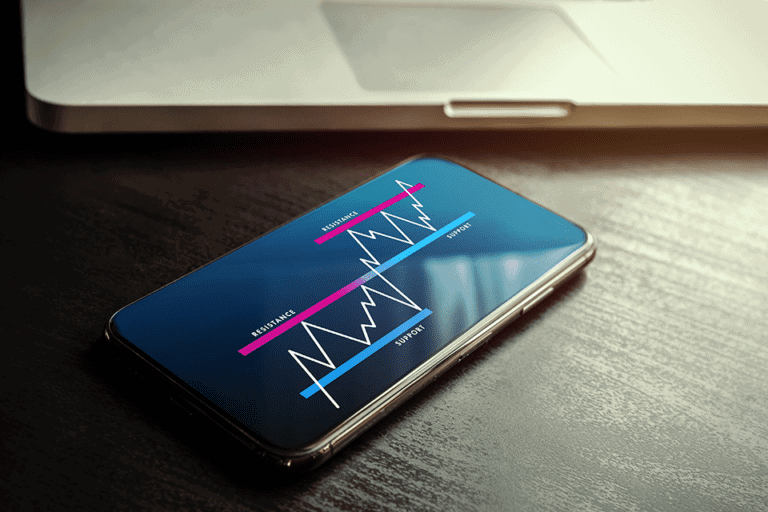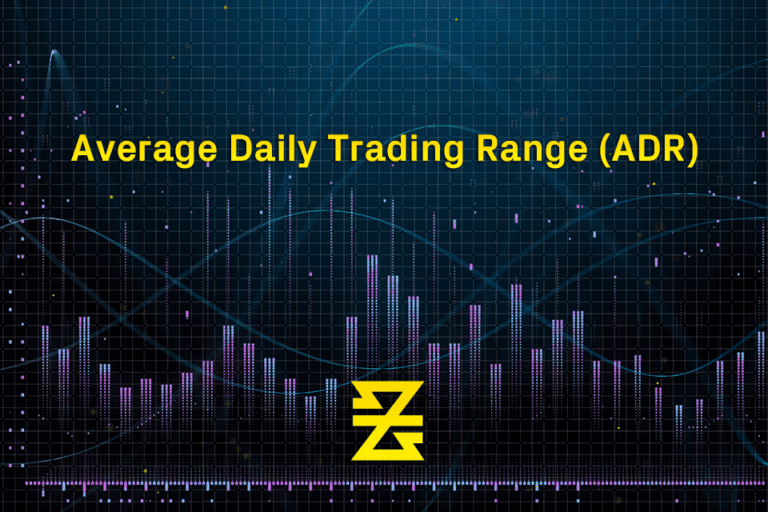EUR USD: What to Know About the Most Traded Currency Pair
Did you know that the forex market is the largest financial market in the world? Some traders are surprised to know that it’s larger than the stock market with a daily volume of $6.6 trillion.
Many foreign currencies are traded in the foreign exchange market but one currency pair largely outweighs the others. EUR/USD is the world’s most traded currency pair and for good reason.
Keep reading to learn more about what EUR/USD means in the forex market.
EUR/USD
What Is the Currency Pair EUR/USD?
EUR/USD is a currency pair that is the shortened term for the euro against the U.S. dollar. You can trade currencies like these on the foreign exchange market.
It can also be a cross for the currencies of the European Union (EU) and the United States (USD). The currencies are important for purchasing goods and services across the world.
The pair indicates how many U.S. dollars are necessary to purchase one euro. In this pairing, the U.S. dollar is the quote currency and the euro is the base currency.
Let’s say a EUR/USD price is 1.2. This means to buy one euro, you have to pay 1.2 U.S. dollars. In simpler terms, 1 euro is equal to 1.2 U.S. dollars.
Central banks are responsible for fixing the price of their native currency on forex. You can use forex calculators to make accurate assessments and get the most out of your trades.
You might hear trading the EUR/USD currency pair as “trading the euro.” The value of the pair is affected by policies by the government and supply and demand in currency markets.

The Basics of EUR/USD
Around the world, EUR/USD is one of the most traded currency pairs because it represents the largest markets in the world and their economies.
The currency pair is affected by factors that influence each currency and how they relate to other currencies.
The European Central Bank (ECB) and the Federal Reserve (Fed) affect the interest rate differential value of both currencies when they are compared to one another.
For example, if the Fed were to make the open market stronger by intervening in open market activities, the value of the euro could decline which would ultimately bring the value of the pair down.
Bad news from the EU economy would also make an impact on the prices of the currency pair. When the news of the government debt crisis broke in Italy and Greece, the exchange rate of the pair plummeted.
Euro to Dollar Currency Pair Brief History
The euro currency came from the Maastricht Treaty in 1992, but it wasn’t introduced as an accounting currency until 1999. By 2002, the euro circulated in member countries of the EU.
Over time, it became the currency accepted by the European Union. It replaced a lot of member currencies and represents multiple European economies.
Because it is integrated into multiple economies, the euro stabilizes currency exchange rates and volatility for all European Union members. It is second to the U.S. dollar as the most heavily traded currency in the forex exchange market.
In the late 90s, the forex markets were different. The most commonly traded pair was the German Deutschmark against the U.S. dollar with the French Franc versus the U.S. dollar being a close second.
The German Deutschmark, the French Franc, and the Spanish Peseta among others all ceased to have separate FX rates after the euro became a physical currency in 2002.
Reading a EUR/USD Price Chart
The price chart of the EUR/USD is unlike the stock market. For a stock, the indicated price directly represents a price for the stock. In contrast, the price chart for a currency pair represents the exchange rate of both currencies.
The base currency, the euro, is fixed and represents one unit. The source of strengthening or weakening value is not reflected in the rate.
The EUR/USD pair can increase because the euro is getting stronger while the U.S. dollar is getting weaker. Either condition results in a heightened movement in the price/rate which corresponds to the upward movement in the price chart.
Let’s break this down a little bit:
- As the price of the euro rises, the euro increases in value against the U.S. dollar
- As the price of the euro falls, the euro loses value allowing the U.S. dollar increases in value
It’s important to note that USD/EUR is not a commonly traded forex pair and you don’t want to confuse the two. When you trade USD/EUR over the EUR/USD pair, the opposite is true of the above breakdown.
Some traders look to get the most out of their investment and may use the futures trade technique which allows you to buy or sell currency at a set time, date, and contract size.
Interesting Facts About EUR/USD
EUR/USD is one of the most-traded forex pairs in the world. Compared to other currencies that traders buy and sell, the euro is relatively newer.
You can trade this forex pair 24 hours a day along with the rest of the top five forex pairs. While the U.S. dollar and the euro are the top two traded currencies, the following are also popular trading options:
The USD makes up a fair share of over 85% of all currency-related trading volume activity which is over two times more than the euro’s share.
The currencies with higher daily shares are generally the most interesting pairs for traders on the forex trading platform. The currency prices and movement tend to be stronger and more regular than the less frequently traded currencies.
Other major foreign currency pairs like the EUR/USD on financial markets include:
When trading forex as a beginner, it’s best to stick with the major currency pairs before venturing into lesser-known pairs. There is more market data available when trading a currency pair like EUR/USD.
Trading EUR/USD on the Forex Market
If you want to get involved in the forex market, trading the EUR/USD forex pair is the most popular option. As the currency pair represents the world’s two largest economies, the risks are lessened.
When you trade with EUR/USD, the high daily volume ensures that the pair is liquid resulting in tight spreads.
With this guide, you can understand more about the pair to decide if you should trade them. To get started, sign up to begin trading with us today.
Start placing forex trades with a Baxia trading account
Related Articles
Looking for more?
Explore our Education Center
View our collection of free education resources dedicated to help you become a more informed and confident trader.





